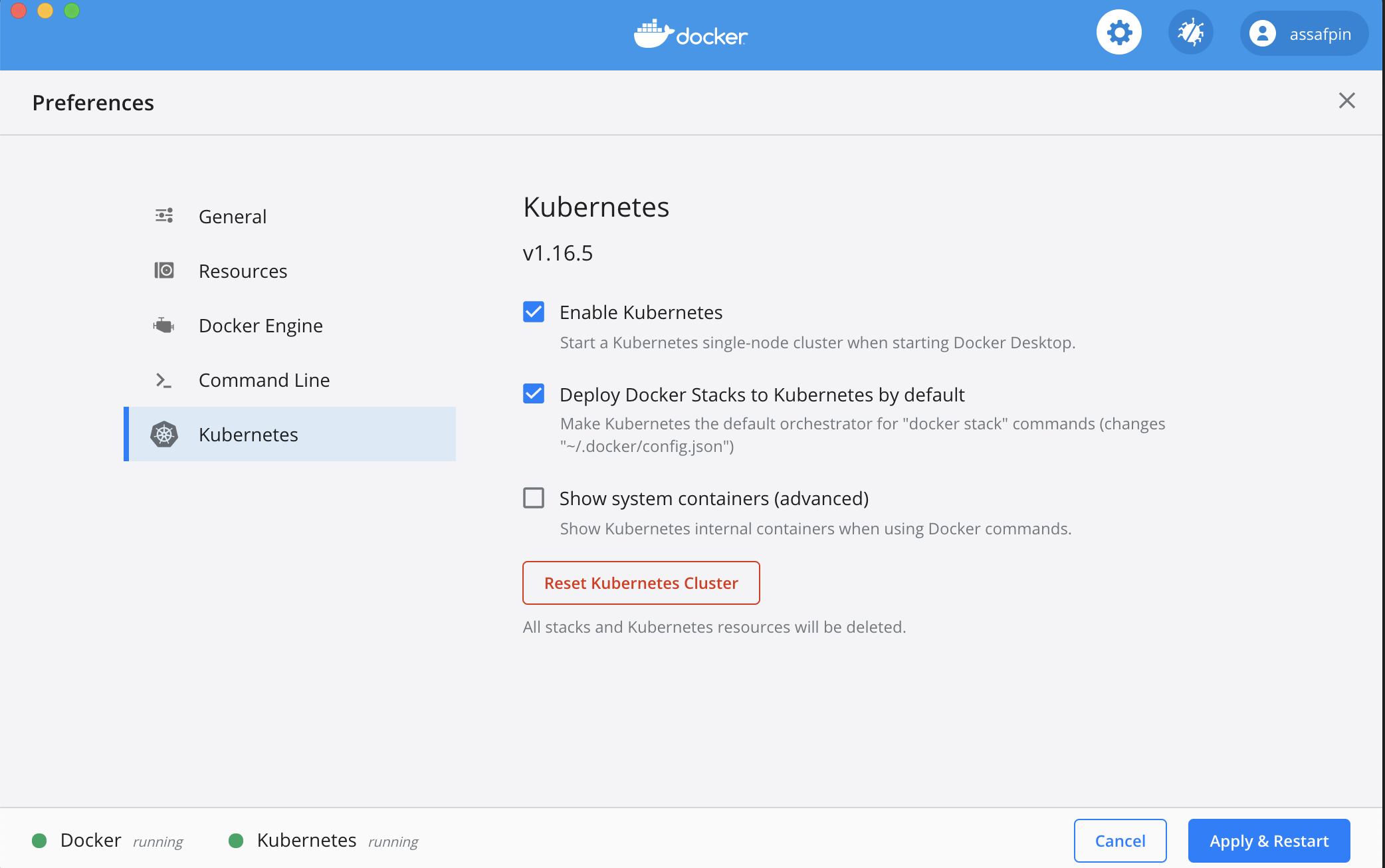Hi @engcang! Nice integration, your videos look pretty good. I have been trying to replay what you did with LIO-SAM repo but using another robot. I am using a differential drive robot model (https://github.com/sanuann/DifferentialDriveRobot) where I attached a Velodyne VLP-16 (https://github.com/lmark1/velodyne_simulator) and a IMU (libgazebo_ros_imu.so).
I can't get a good reconstruction. Have you seen this behavior? I have found that it could be related to the extrinsic parameters in params.yaml but I believe I'm setting the values correctly.

I attached the Velodyne into the robot chassis using the file myrobot.xacro from https://github.com/sanuann/DifferentialDriveRobot
<xacro:include filename="$(find velodyne_description)/urdf/VLP-16.urdf.xacro"/>
<VLP-16 parent="chassis" name="velodyne" topic="/velodyne_points" hz="10" samples="440">
<origin xyz="0 0 0.0" rpy="0 0 0" />
</VLP-16>

I attached the IMU into the velodyne body frame and defined an update rate of 500Hz in the file myrobot.xacro from https://github.com/sanuann/DifferentialDriveRobot
<gazebo>
<plugin name="imu_plugin" filename="libgazebo_ros_imu.so">
<alwaysOn>true</alwaysOn>
<bodyName>velodyne</bodyName>
<topicName>imu</topicName>
<serviceName>imu_service</serviceName>
<gaussianNoise>0.0</gaussianNoise>
<updateRate>500.0</updateRate>
</plugin>
</gazebo>
Thus, all sensors are in the same body frame, velodyne. That is why I used this Extrinsics
# Extrinsics (lidar -> IMU)
extrinsicTrans: [0.000, 0.000, 0.0]
extrinsicRot: [1, 0, 0,
0, 1, 0,
0, 0, 1]
extrinsicRPY: [1, 0, 0,
0, 1, 0,
0, 0, 1]
but can't get a good reconstruction. I also tested moving the VLP-16 0.4m above the chassis and modified the Extrinsics to [0.000, 0.000, -0.438] (gotten from rosrun tf tf_echo velodyne chassis) but I have the same behavior.

Any suggestion will be appreciated. Thanks!






